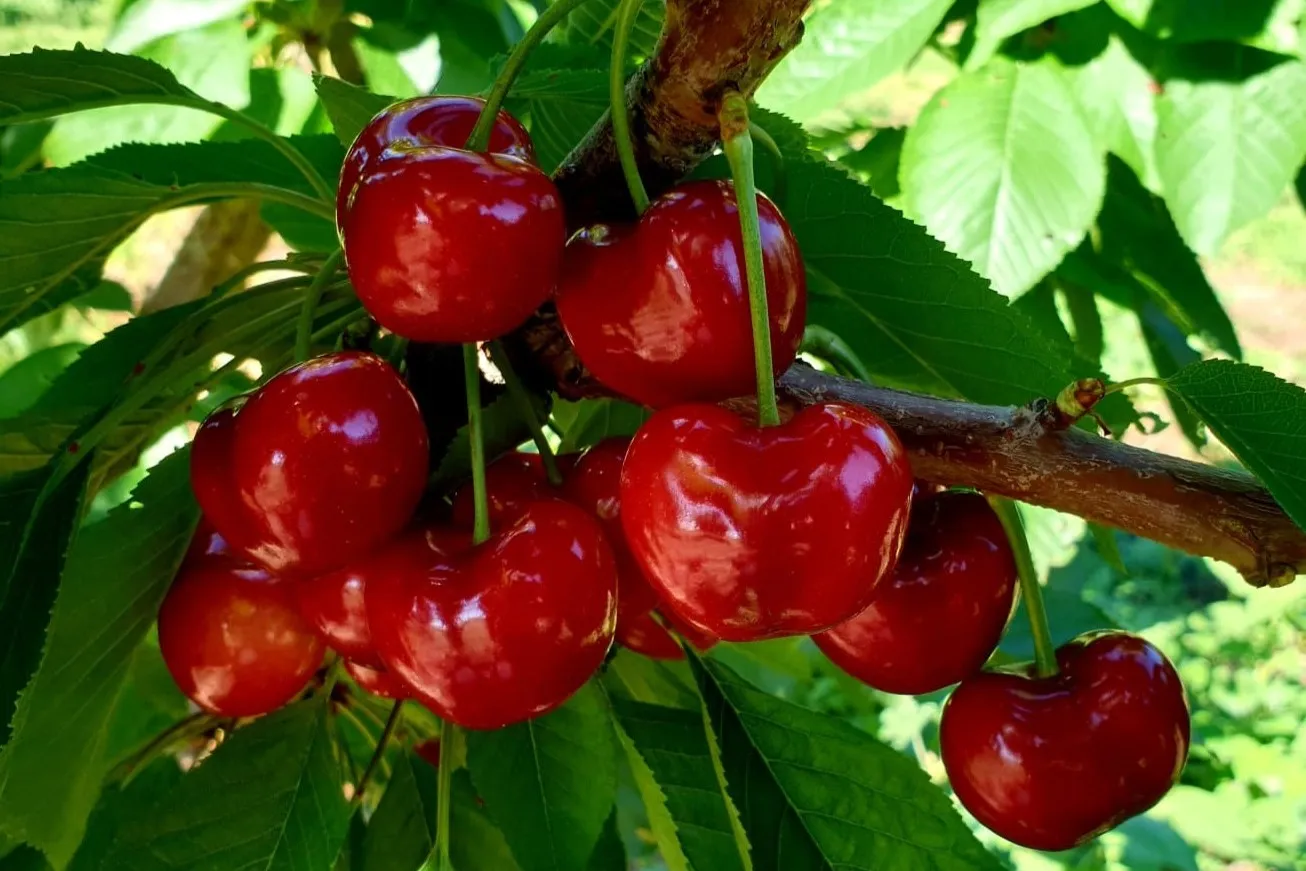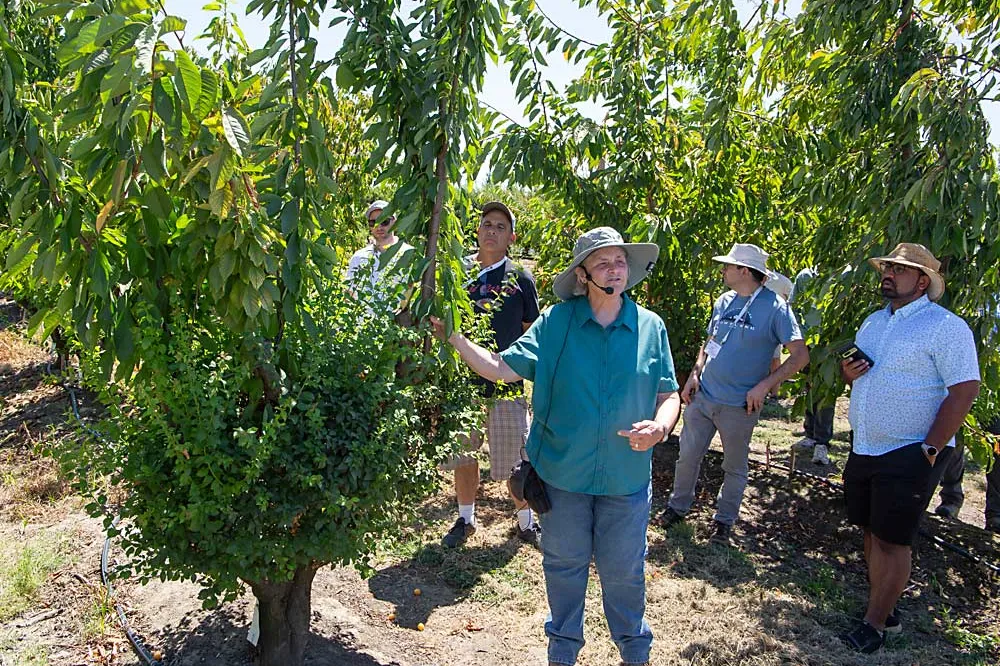Chile positions itself as a world leader in cherry exports, driven by the growing demand in the Asian country, where this fruit symbolizes well-being and prosperity. At the Cherry Expo, the University of Talca and ANA Chile presented new varieties to address market and climate change challenges.
The cherry market enjoys remarkable health. During the 2023-2024 season, Chile exported over 410 thousand tons, which is four times more than what was sold 10 years ago, consolidating a positive balance in this market.
Booming exports to China
According to Álvaro Sepúlveda, a researcher at the Pomaceous Center of the University of Talca, Chile positioned itself more than ten years ago as the leading exporter of cherries in the southern hemisphere, mainly due to Chinese demand driven by the tradition of celebrating their New Year.
"Our country has fairly advantageous conditions compared to its potential competitors, with a consolidated fruit sector and a very profitable harvest," he explained.
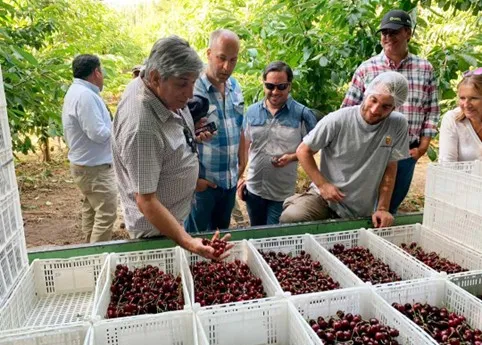 Image 1: Technical visit of producers from the Los Lagos and Los Ríos regions.
Image 1: Technical visit of producers from the Los Lagos and Los Ríos regions.
The Chinese market associates fruit with well-being and good fortune for the upcoming year, which is why it is purchased as a gift. The required characteristics are that it be of high quality and appearance, flavorful, firm, and large. However, the biggest challenge is the distance between the two countries, where the fruit must endure, in good condition, a journey ranging from 20 to 35 days.
"The producer's goal is to reach the Asian market as soon as possible with better prices, so the strategy is to have cultivars with low chill requirements and to look for areas where production can be advanced. That's why we now see cherries even in Ovalle," commented Sepúlveda.
Challenges related to climate change
Along with the challenge of advancing production, there are also the necessary adaptations to address climate change.
"If we move to areas where production is advanced, we will experience the consequences of climate change, such as mild winters that can disrupt seasonal fruit production. For now, the exported volumes are so large that the climate effect is not evident, but we must prepare for the coming years," commented the specialist.
For this, artificial intelligence is being used as it allows the generation of statistics and indicators for agroclimatic conditions. These data could explain part of the behavior of new cultivars in non-traditional fruit-growing areas.
New varieties for new challenges
During the Cherry Expo, organized by the University of Talca and ANA Chile, innovative varieties were presented to meet the needs of demanding consumers and unique logistics, marked by the distance from the Asian market.
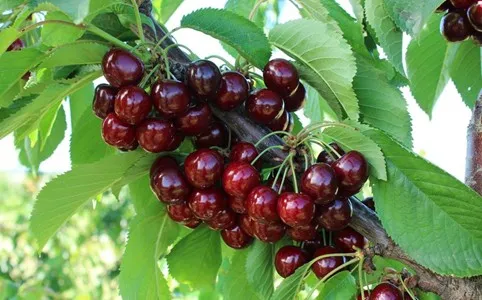 Image 2: Cv. Nimba.
Image 2: Cv. Nimba.
Lorena Pinto, head of pomaceous and cherry products at ANA Chile, explained that one of Chile's main challenges is reducing the number of travel days to the Asian market.
"The idea is for the producer to have information about the storage capacity of these varieties, regardless of whether they are shipped by air and reach their destination very quickly. Chile is focused on reducing the number of travel days, so we evaluate the fruit after 30 or 35 days, because when it arrives in China it is not immediately marketed, and not all ships arrive that quickly," she explained.
To design new innovations, the company simulates the journey the fruits make by sea in various varieties to observe their performance during transportation. The Nimba, Nipama, and Pacific Red varieties are early and intended for air shipment, which is not always feasible due to the fruit fly risk.
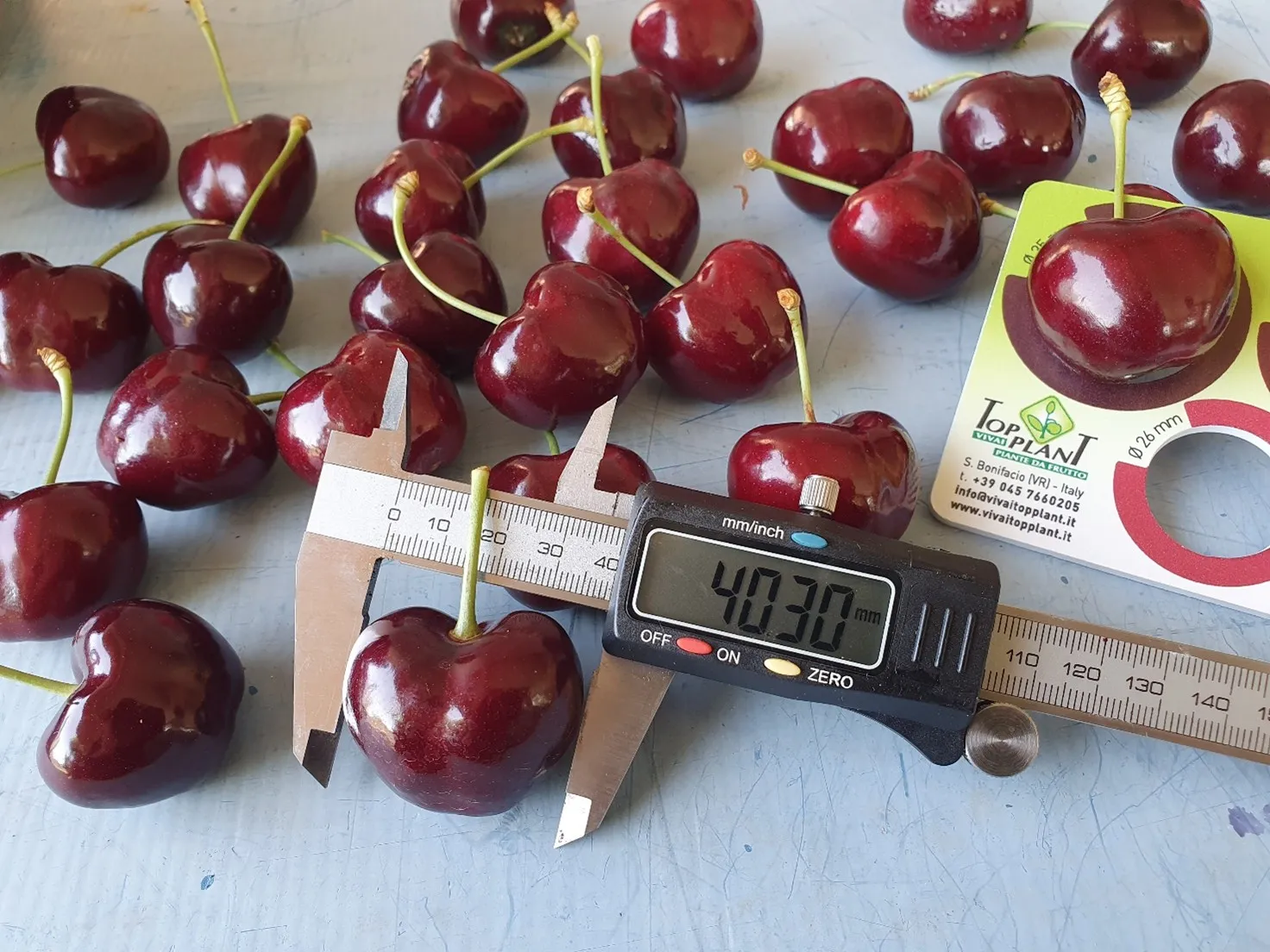 Image 3: Cv. Sweet Stephany.
Image 3: Cv. Sweet Stephany.
The most cultivated varieties will have commercial results this season and represent a significant volume for future projections. Over the course of 2025, new varieties are expected to be added. "Nipama and Sweet Stephany are varieties that have not yet been launched on the market; they have minor tests in terms of productivity, but in terms of sales to commercial orchard producers, they will likely be planted next year."
Source: Red Mis Pais; ANA Chile
Images: Portal Agro Chile; SL Fruit Service
Cherry Times - All rights reserved








